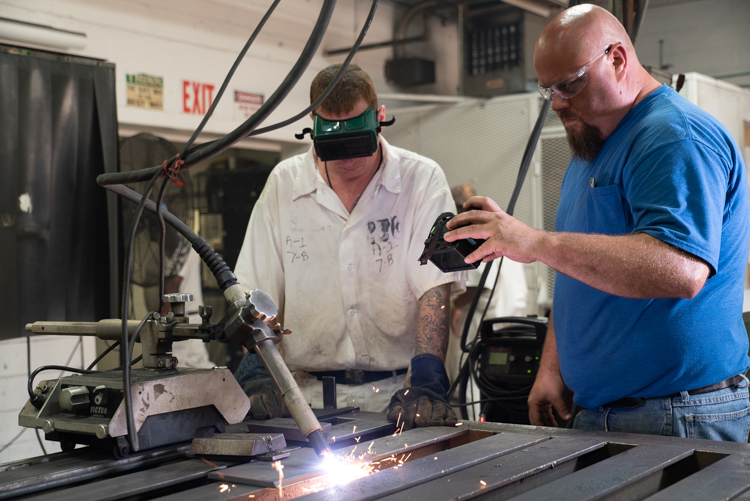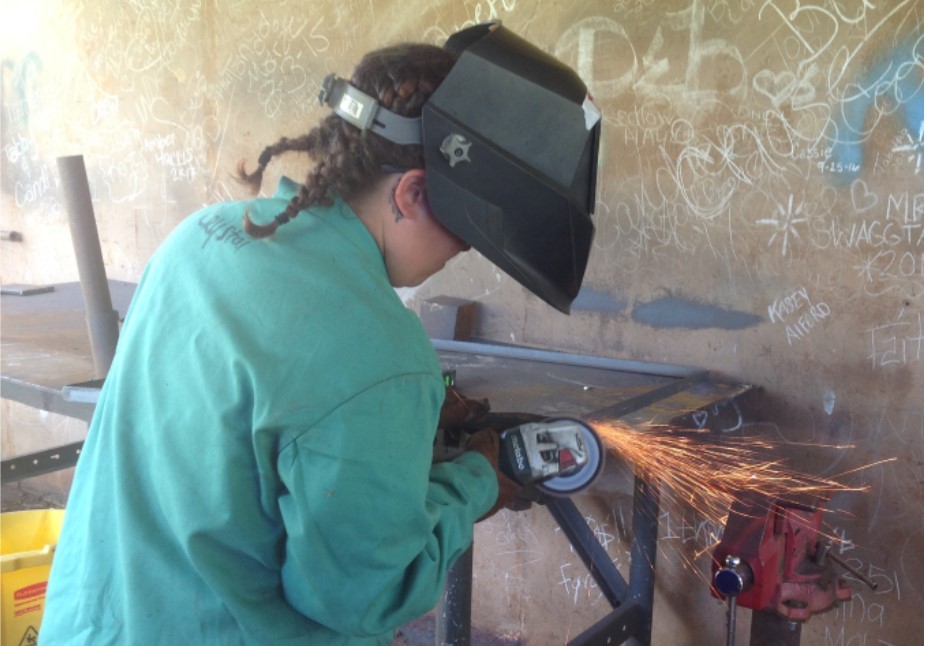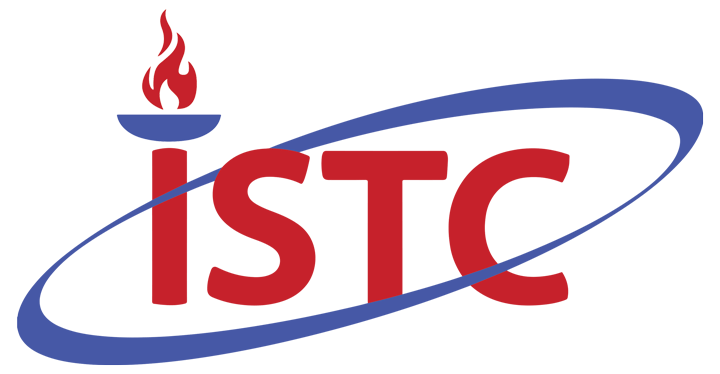Welding
Welding (WDT) is 60 semester hour program combining classroom theory with hands-on practice in the laboratory. Requirements for the certificate of completion include four academic courses totaling 12 semester hours and all required career technical courses. Students can also earn stackable short term certificates and industry certifications. The program is designed to help students acquire the knowledge, skills and abilities needed to prepare for successful entry-level employment in the welding profession.
Awards
- Certificate
-
- Welding
- Short Term Certificate
-
- Construction Welding
- Consumable Welding
- Industrial Welding
- Welding Certification w/ Pipe Cert.
Industry Certification
National Career Readiness Credential
NCCER CORE
OSHA 10-hr General Industry Safety/Health
Estimated Program Length
| Award | Length | Credit Hours |
| Short Term Certificate | 1 semester | 12 |
| Certificate of Completion | 4 semesters | 60 |
Required Program Courses
| Course | Title | Credit Hours |
| WDT108 | SMAW Fillet/OFC | 3 |
| WDT109 | SMAW Fillet/PAC/CAC | 3 |
| WDT110 | Industrial Blueprint Reading | 3 |
| WDT119 | GMA/Flux Cored Arc Welding | 3 |
| WDT120 | SMAW Groove | 3 |
| WDT122 | SMAW Fillet/OFC Lab | 3 |
| WDT123 | SMAW Fillet/PAC/CAC Lab | 3 |
| WDT124 | GMAW/Flux Cored Arc Welding Lab | 3 |
| WDT125 | SMAW Grooves Lab | 3 |
| WDT157 | Consumable Welding Processes | 3 |
| WDT158 | Consumable Welding Processes Lab | 3 |
| WDT218 | Certification | 3 |
| WDT223 | Blueprint Reading for Fabrication | 3 |
| WDT228 | GTAW | 3 |
| WDT258 | Certification Lab | 3 |
| WDT268 | GTAW Lab | 3 |
Required Academic Courses
| Course | Title | Credit Hours |
| DPT100 | Introductory Computer Skills I | 3 |
| ENG100 | Vocational Technical English | 3 |
| MAH101 | Introductory Mathematics I | 3 |
| SPC103 | Oral Communication Skills | 3 |
Elective Courses
| Course | Title | Credit Hours |
| WDT180 | Special Topics | 3 |
| WDT181 | Special Topics | 3 |
| WDT219 | Welding Inspection and Testing | 3 |
| WDT257 | SMAW Carbon Pipe Lab | 3 |
| WDT280 | Special Topics | 3 |
| WDT281 | Special Topics | 3 |
| WDT282 | Special Topics | 3 |
Electives may be offered to meet a student’s personal educational goals or for instructional purposes.

Program Contact
Mr. Chris Ingram, Instructor
Main Campus
334-514-1361
Mr. Chris Wells, Instructor
Tutwiler Instructional Center
334-514-3587
Mr. Billy Wesson, Instructor
Draper Instructional Service Center
334-514-8151
This is a “Live Work” program.
Occupational Data*
Welders use hand-held or remotely controlled equipment to join or cut metal parts, and to fill holes, indentations, or seams in metal products. Welders may work outdoors, often in inclement weather, or indoors, sometimes in a confined area. They may work high off the ground, and they occasionally must lift heavy objects and work in awkward positions. According to the Bureau of Labor Statistics, the median annual wage for welders was $40,240 in May 2017. Employment of welders is projected to grow about six percent from 2016 to 2026, about as fast as the average for all occupations. The nation’s aging infrastructure will require the expertise of welders, to help rebuild bridges, highways, and buildings.
*Bureau of Labor Statistics, U.S. Department of Labor, Occupational Outlook Handbook




